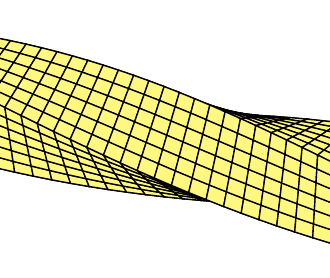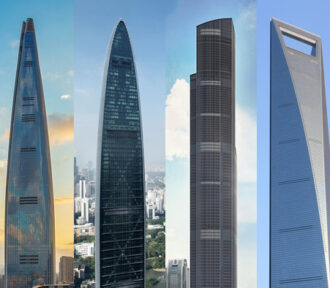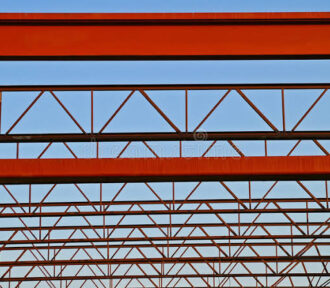This twisting/rotation is known as torsion. Torsion generates forces within structural elements that they are rarely efficient at resisting. It would normally result in significant increase in element size or ultimately lead to change in structural form where they are found to be acting. Torsion in structures is best avoided as far as possible.
Tag: Steel
This article discusses axial shortening and its causes, how they can be predicted, evaluated and mitigated. It would explain the measures structural engineers and building contractors may employ to counter its effect. It would also make references to the current codes of practices were necessary.
A truss is a triangulated assembly of interconnected elements, pinned at the nodes and typically having all external forces and reactions applied at the nodes (Figure 1). Trusses are extremely strong and a very cost-effective solution when compared to other structural options
The designer of a composite floor has a number of basic and obvious decisions to make, including what type of beam to use and what type of decking. He or she also has some more detailed decisions, such as the choice of propped or unpropped construction, whether the steel beams will be restrained during construction, and how will the upper surfaces of the slabs be levelled during concreting



